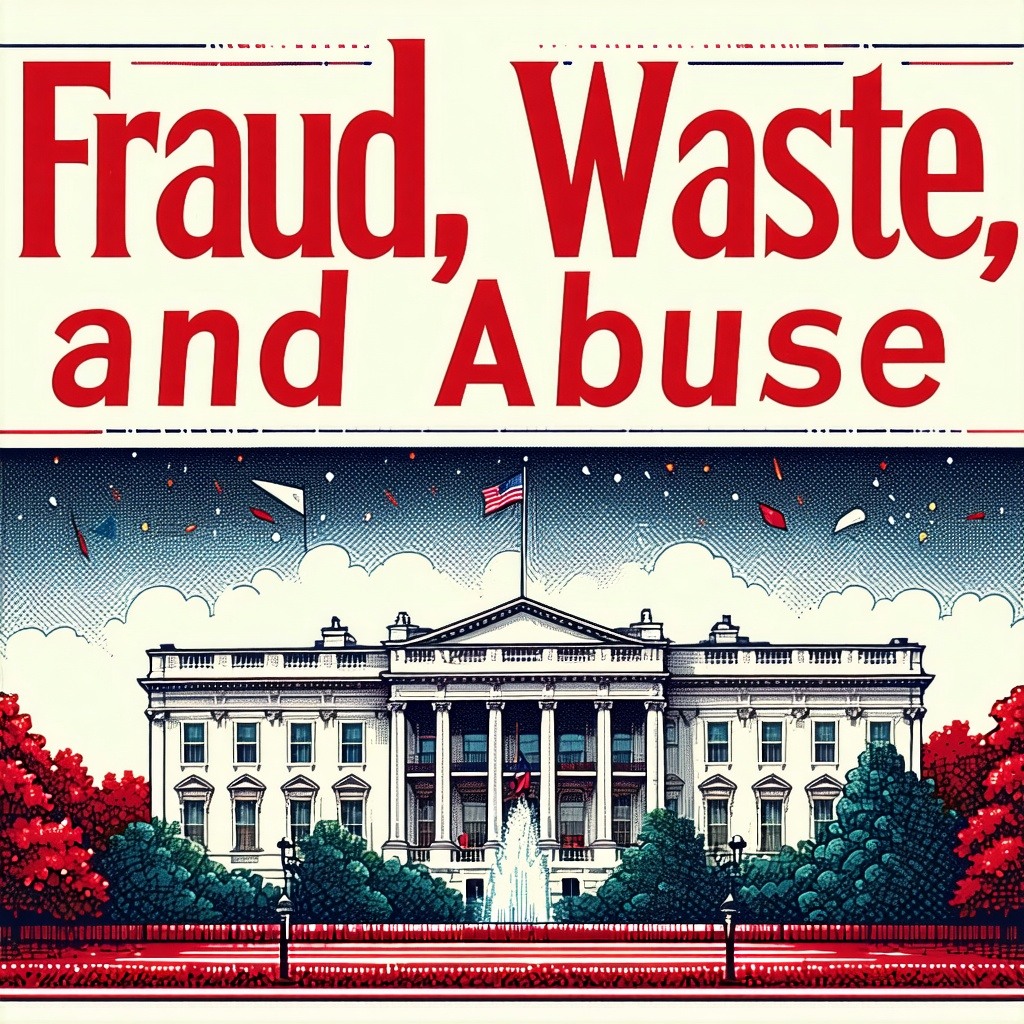Understanding the distinctions between fraud, waste, and abuse within the federal government is crucial for maintaining the integrity and efficiency of public administration. These terms, while often used interchangeably, have specific definitions that help in identifying and addressing different types of misconduct.
fraud, waste, and abuse
Fraud involves intentional deception designed to secure an unauthorized benefit, either financial or personal. This includes false representation of facts, making false statements, or concealing information. For example, falsifying financial records to cover up theft or submitting false claims for reimbursements constitutes fraud.
Waste refers to the thoughtless or careless expenditure, mismanagement, or misuse of resources, leading to unnecessary costs. This can occur through excessive or nonessential expenditures, operational inefficiencies, or purchasing unneeded supplies or equipment. An example is stockpiling equipment beyond its shelf-life, resulting in unnecessary costs due to ineffective practices.
Abuse is characterized by the excessive or improper use of government resources or authority, contrary to legal or ethical standards. This includes actions that are deficient or improper when compared with behavior that a prudent person would consider reasonable and necessary business practice given the facts and circumstances. Examples include unauthorized use of government property or misuse of one's position for personal gain.
The terms fraud, waste, and abuse are often conflated in discussions about government oversight, but the distinctions between them are critical. Misunderstanding these terms can lead to misguided enforcement, ineffective policy responses, and even public misconceptions about how federal resources are managed.
Why the confusion?
One key reason these terms get mixed up is that all three involve misuse of government funds or resources, but they do so in very different ways. Fraud is deliberate deception, while waste and abuse can occur without any intentional wrongdoing—yet they all result in financial losses and inefficiencies. The overlap in consequences makes it tempting to lump them together, but doing so can obscure the right course of action for addressing each issue.
For example, an agency might purchase an excessive amount of office supplies that ultimately go unused. This is waste—a failure to properly manage resources. However, if an employee orders supplies and then resells them for personal profit, that’s fraud. In another scenario, if an executive misuses a government vehicle for personal trips, that’s abuse. While all three scenarios involve financial losses, each requires a different response: better procurement policies for waste, legal action for fraud, and disciplinary action for abuse.
Why does this matter?
Because misclassification can lead to both overreaction and inaction. If all cases of waste are treated like fraud, agencies might overburden their compliance structures, creating bureaucratic inefficiencies that ultimately cost more than they save. Conversely, if genuine fraud is dismissed as mere waste, bad actors can continue exploiting the system with little consequence.
It also shapes public perception. When reports of "government fraud" are actually instances of poor resource management rather than intentional deception, it can fuel misplaced outrage and erode trust in public institutions. On the flip side, minimizing serious fraud cases by calling them "waste" can make the problem seem less urgent than it really is.
For agencies, auditors, and oversight bodies, accurately distinguishing between fraud, waste, and abuse is essential for allocating enforcement resources effectively. Fraud cases require rigorous investigation and potential criminal prosecution, while waste is often best addressed through process improvements. Misinterpreting one for the other leads to inefficiency—ironically, a form of waste itself.
At the heart of this issue is intent. Fraud requires intent to deceive, while waste and abuse can happen due to negligence, mismanagement, or poor oversight. Distinguishing between them allows agencies to pursue targeted solutions rather than applying a one-size-fits-all approach that may be ineffective.
Ultimately, understanding these differences isn’t just an exercise in semantics—it’s crucial for maintaining effective governance, protecting taxpayer dollars, and ensuring accountability. It’s why organizations like the Government Accountability Office (GAO) and Offices of Inspectors General (OIGs) have clear guidelines for identifying and responding to each issue appropriately.
When discussing government inefficiencies, precision matters. It’s not enough to say that money is being lost—how, why, and whether it was preventable are key questions that shape meaningful reform.







